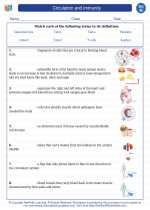Radiometric Dating: Explanation and Study Guide
Radiometric dating is a method used to determine the age of rocks and other materials based on the decay of radioactive isotopes. This process relies on the principles of radioactive decay, which is the spontaneous breakdown of an atomic nucleus resulting in the release of energy and matter.
How Radiometric Dating Works
The process of radiometric dating begins with the measurement of the concentration of radioactive isotopes in a sample. These isotopes decay at a constant rate, known as their half-life. By measuring the ratio of the original isotope to its decay products, scientists can determine the age of the material.
Commonly Used Radiometric Dating Methods
Some of the commonly used radiometric dating methods include:
- Carbon-14 dating: Used to date organic materials up to about 50,000 years old.
- Potassium-argon dating: Used to date rocks and minerals from 100,000 years to billions of years old.
- Uranium-lead dating: Used to date rocks and minerals from millions to billions of years old.
Study Guide
Here are some key points to remember when studying radiometric dating:
- Understand the concept of radioactive decay and half-life.
- Learn about the different isotopes used in radiometric dating and their applications.
- Practice calculating the age of a sample using radiometric dating equations.
- Be familiar with the limitations and assumptions of radiometric dating methods.
- Explore real-life examples and applications of radiometric dating in geology, archaeology, and paleontology.
By mastering the principles and applications of radiometric dating, you can gain a deeper understanding of the Earth's history and the age of geological and archaeological specimens.
[Radiometric Dating] Related Worksheets and Study Guides:
.◂Science Worksheets and Study Guides Eighth Grade. Circulation and immunity

 Worksheet/Answer key
Worksheet/Answer key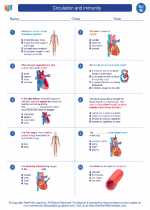
 Worksheet/Answer key
Worksheet/Answer key
 Worksheet/Answer key
Worksheet/Answer key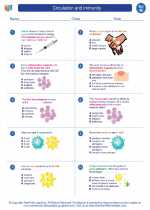
 Vocabulary/Answer key
Vocabulary/Answer key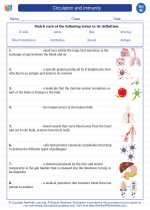
 Vocabulary/Answer key
Vocabulary/Answer key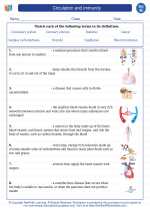
 Vocabulary/Answer key
Vocabulary/Answer key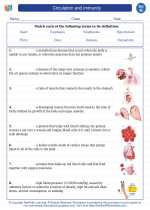
 Vocabulary/Answer key
Vocabulary/Answer key
 Vocabulary/Answer key
Vocabulary/Answer key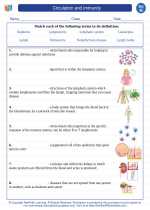
 Vocabulary/Answer key
Vocabulary/Answer key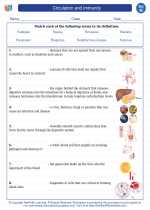
 Vocabulary/Answer key
Vocabulary/Answer key